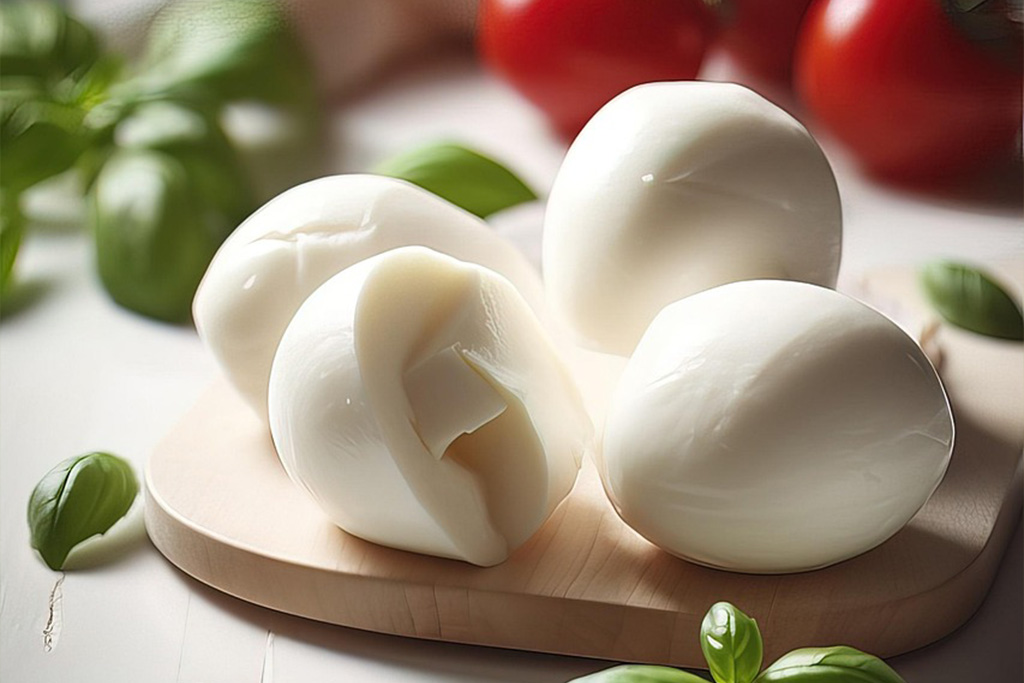European cheeses
European cheeses include all cheeses produced outside the Netherlands. We offer a wide selection, grouped into various product categories.
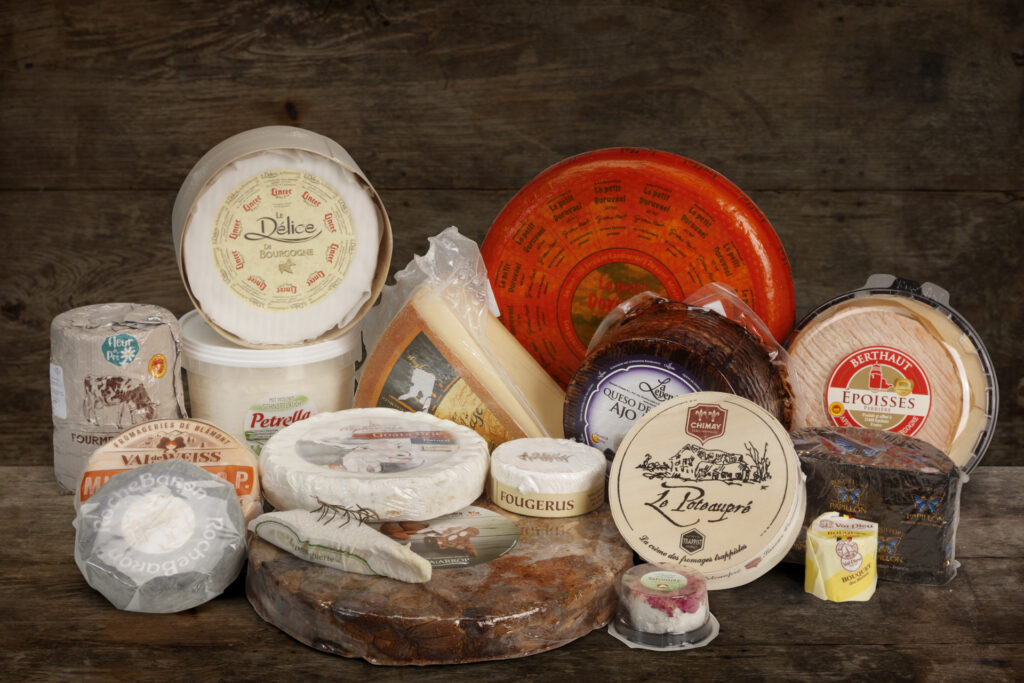
White mould cheese
White mould cheese, also known as bloomy rind cheese, includes varieties such as brie and camembert. These cheeses are treated with Penicillium candidum or Penicillium camemberti, which create a delicate white rind. This edible rind gives the cheese its mild, aromatic flavour. The fat content typically ranges from 40% to 60%.
White mould cheese is available in both au lait cru (raw milk) and pasteurised varieties. Traditionally made raw milk cheeses often have a stronger aroma and flavour than pasteurised versions. The ripening time is generally short, from four to eight weeks.
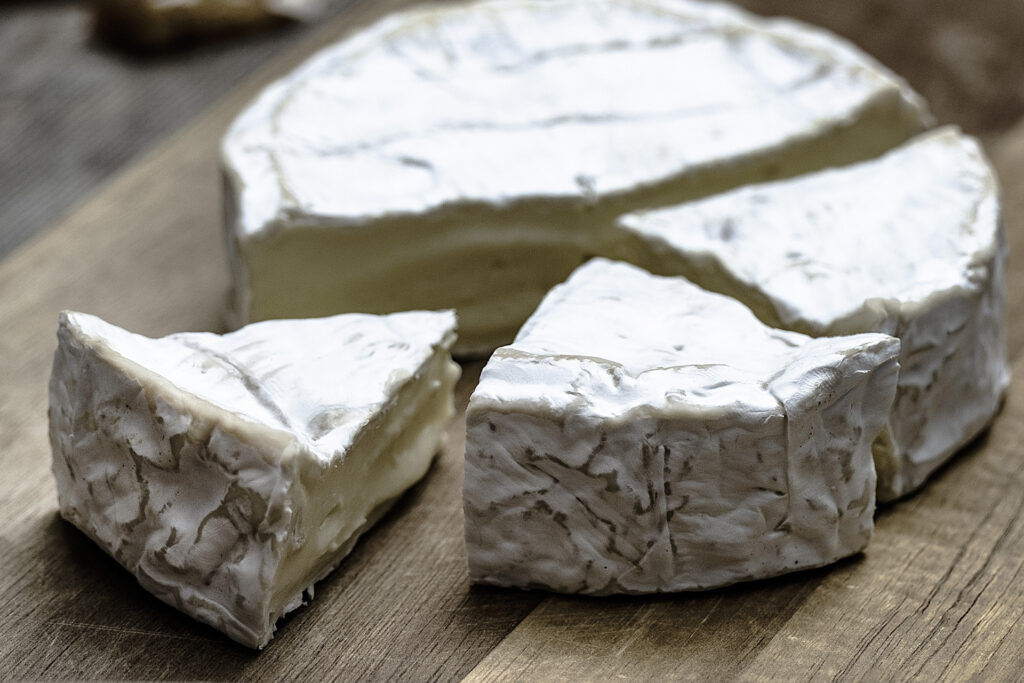
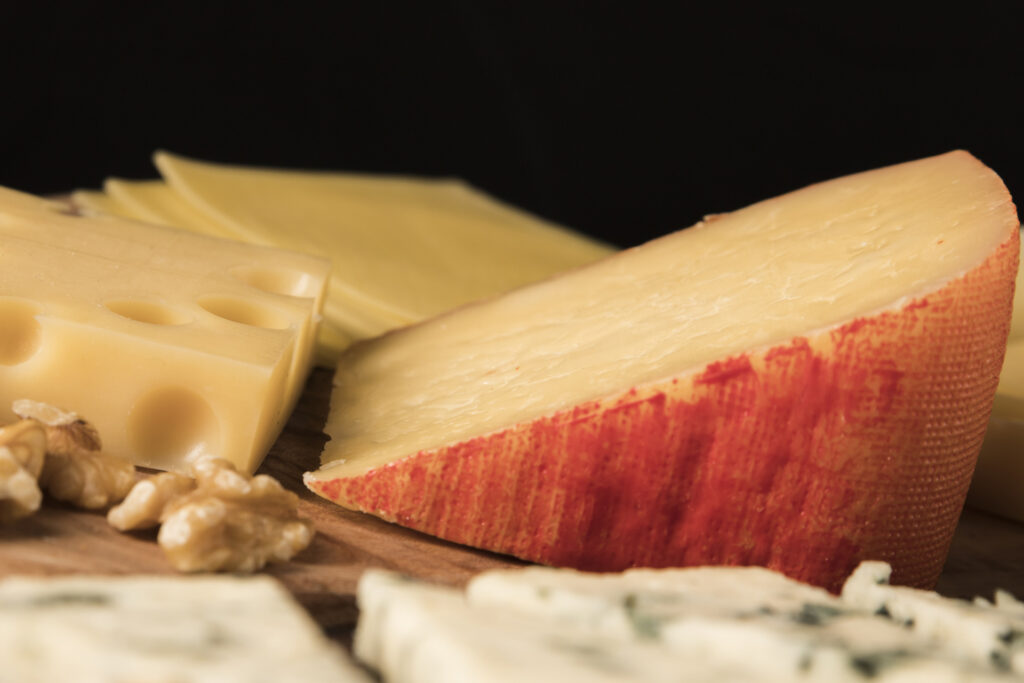
Washed rind cheese
Washed rind cheeses are made using Brevibacterium linens or cultures of Corynebacterium. During ripening, the rind is washed or brushed regularly, creating the characteristic colour that ranges from light orange to red. The flavour can vary from creamy and tangy to strong and pungent, as with Époisses. The taste is influenced by the type of milk used (pasteurised or raw) and the length of maturation. Some cheeses are washed with Marc de Bourgogne, cognac, wine, beer or herbs. Each lending a specific flavour and intensity.
Blue vein cheese
Blue cheeses are ripened using specially cultivated mould cultures such as Penicillium glaucum or Penicillium roqueforti. Well-known varieties include Roquefort, Gorgonzola and Stilton. Typically, the mould is added to the curd, and the cheese is pierced to allow air inside, helping the blue veins to develop throughout. Depending on the type of milk, fat content and ripening time, the flavour can range from soft and creamy to sharp and tangy.
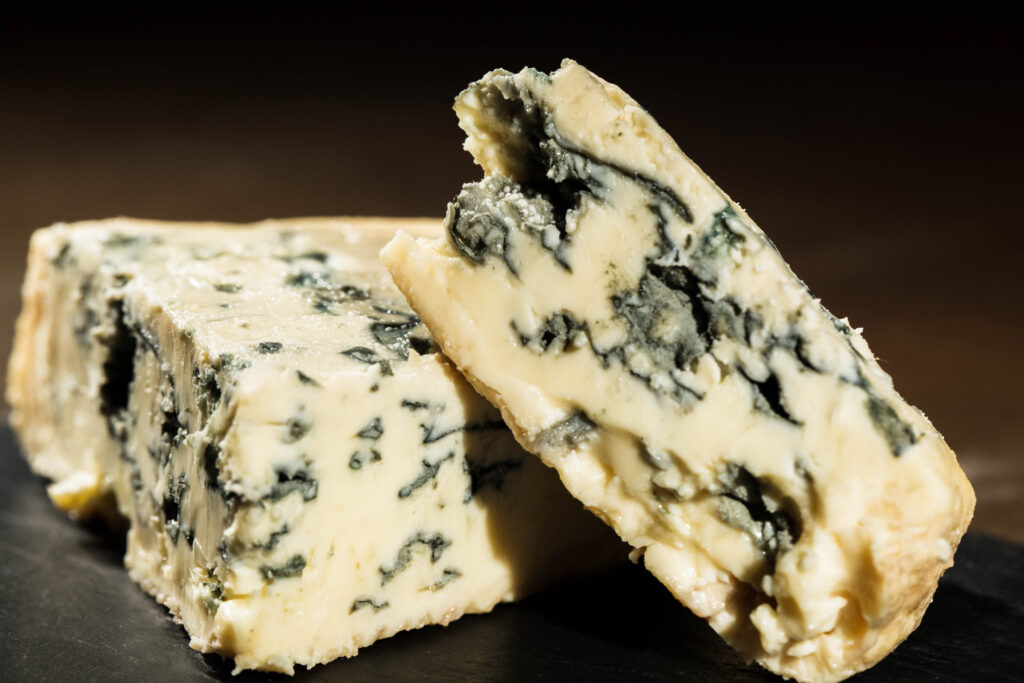
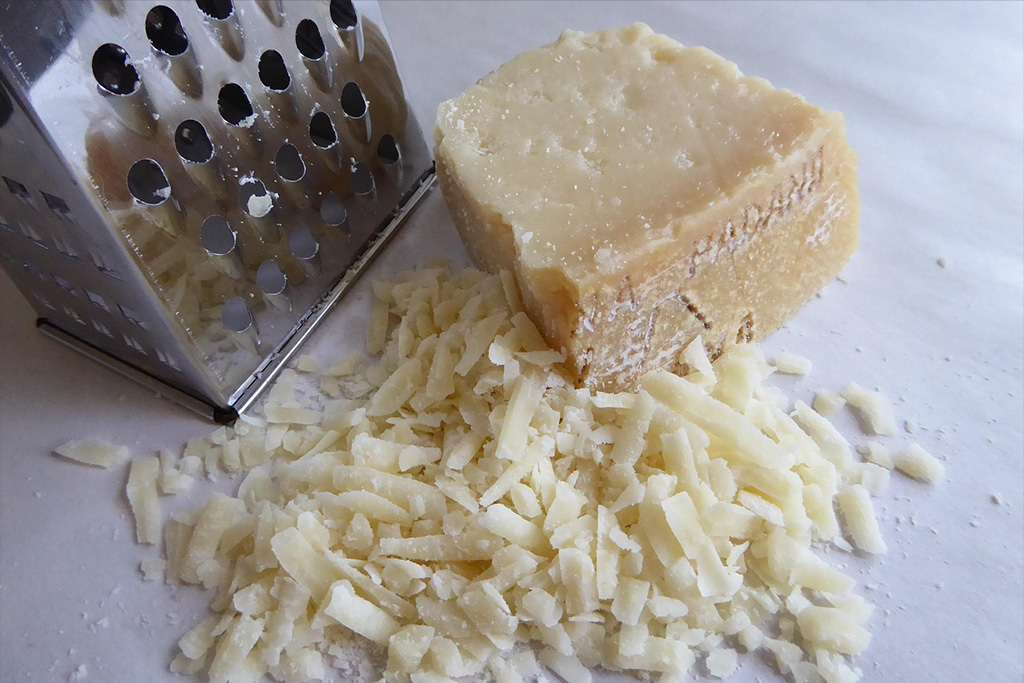
Hard / semi-hard cheese
Hard and semi-hard cheeses are firm cheeses that often undergo long maturation, sometimes up to four years. Cheeses made from skimmed milk and/or heated curd tend to be firmer, such as Parmigiano Reggiano and Grana Padano. This category includes a variety of milk types and flavours, like Pecorino, a salty and spicy sheep’s milk cheese. Other popular examples are French Comté and Swiss Gruyère. These cheeses are ideal for culinary use or to enrich a cheeseboard.
Goat cheese
Goat cheese includes all cheeses made from at least 80% goat’s milk. Its bright white colour comes from the fact that goats convert red-yellow carotene into vitamin A, meaning the cheese lacks the typical yellow hue. Goat cheese comes in many forms, from fresh and soft to aged varieties that mature for up to two years. Well-known are the logs or “Bûche” cheeses made from pasteurised goat’s milk. Traditional raw milk specialities such as Le Chabichou du Poitou AOP are also part of this category.
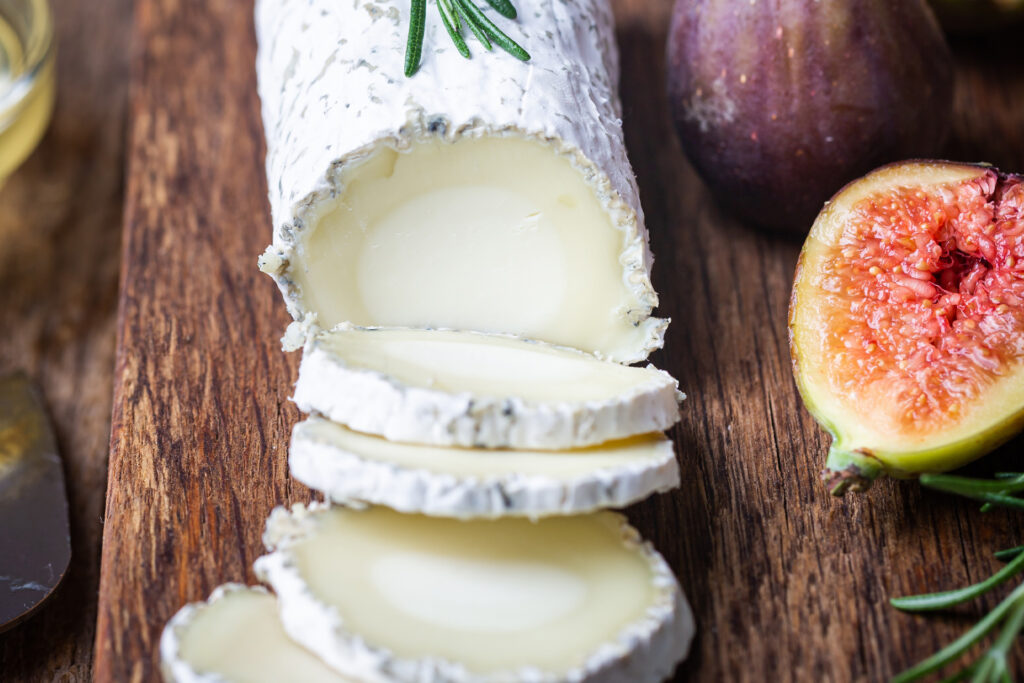
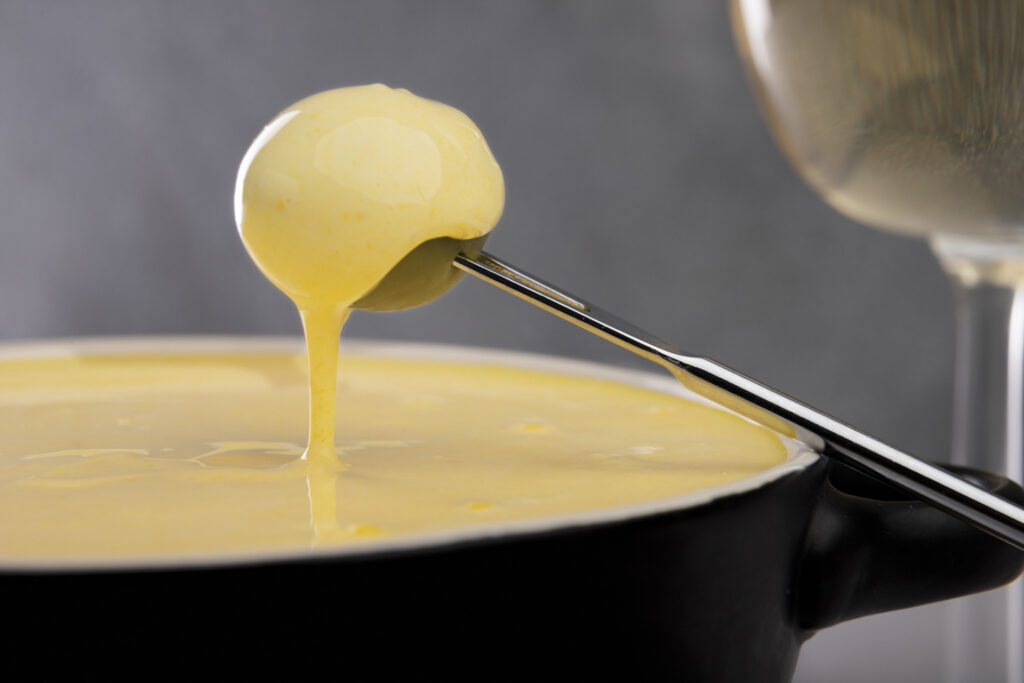
Processed cheese
Processed cheese is made using different types of hard cheese, which are first de-rinded and grated. Melt salts are then added to create a smooth, processed product. The taste and variation are influenced by ingredients such as milk, butter, crème fraîche and herbs. Processed cheese is available in various types and quality levels, offering a wide range of flavours.
Fresh cheese
Fresh cheese refers to non-ripened cheeses that are ready for consumption shortly after production. These cheeses usually have a soft, crumbly texture and a fresh, slightly tangy flavour. Well-known varieties include mozzarella, mascarpone and queso fresco.
